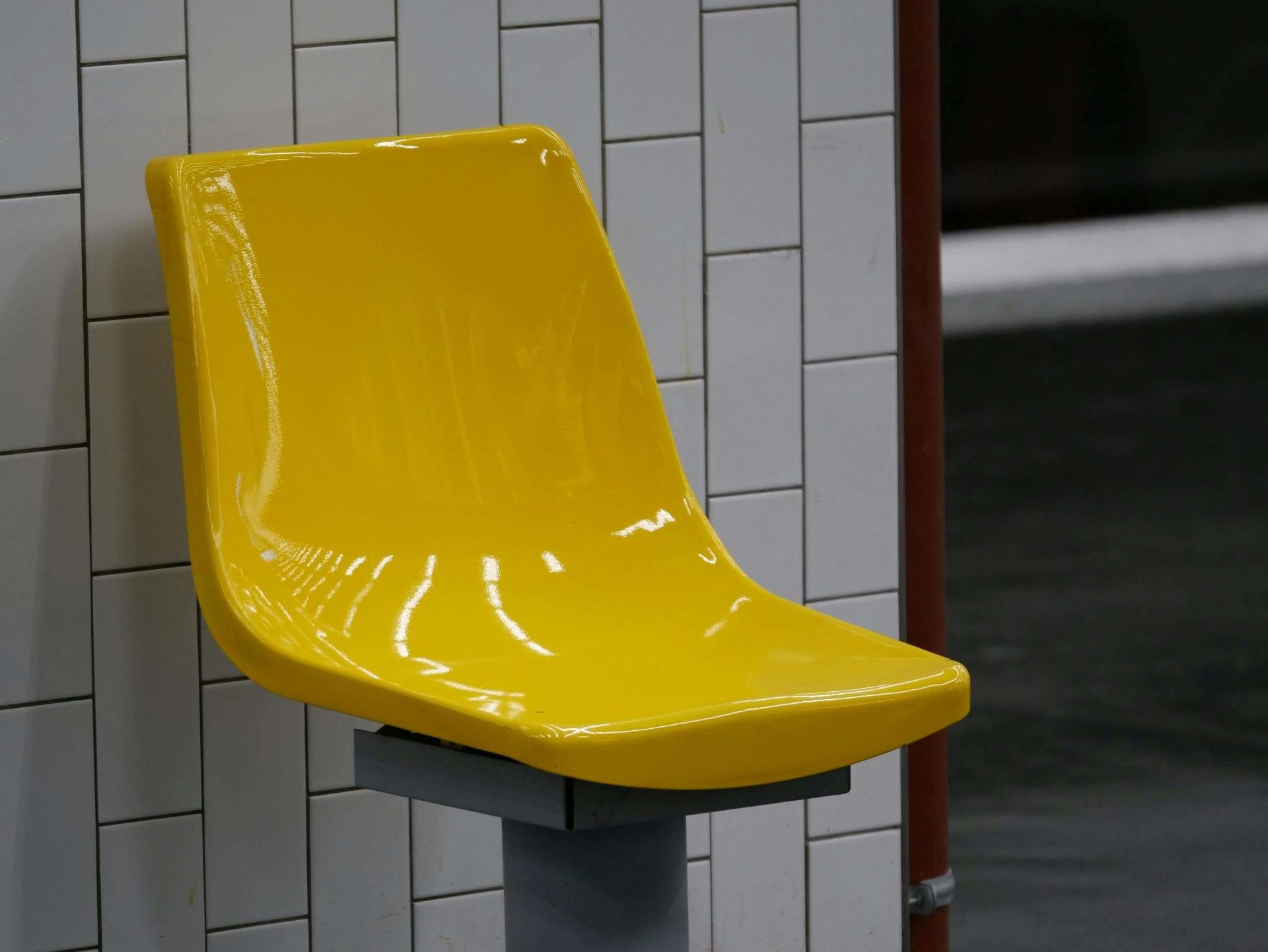
In the ongoing conversation about environmental conservation, plastic often gets a bad rap. However, when we delve deeper into the lifecycle and usage of plastic products, we uncover a narrative that is not only surprising but also heartening. This blog post aims to shed light on the often-overlooked environmental benefits of choosing plastic.
Rethinking Plastic’s Role
Plastic is ubiquitous in our daily lives, from the containers that keep our food fresh to the insulation that makes our homes more energy-efficient. Its versatility and durability have made it a staple in various industries. But beyond its practical applications, plastic has environmental advantages that deserve recognition.
Energy Conservation
The production of plastic products typically requires less energy compared to alternatives like glass or metal. This lower energy demand results in a smaller carbon footprint during the manufacturing process. Moreover, the lightweight nature of plastic translates to more fuel-efficient transportation, further conserving energy.
Waste Reduction
Plastic’s durability means that products can have a longer lifespan, reducing the frequency of replacement and, consequently, the amount of waste generated. Additionally, the adaptability of plastic allows for a wide range of products to be made from recycled material, promoting a circular economy.
Water Preservation
Plastic products often contribute to significant water savings. For example, plastic piping for irrigation systems helps prevent water loss due to leakage, and plastic packaging preserves the freshness of food, reducing water waste associated with food spoilage.
Innovation in Bioplastics
The rise of bioplastics represents a game-changing evolution in the industry. Derived from renewable resources, these plastics are designed to biodegrade, offering a solution to the problem of long-term waste without sacrificing the functional benefits of traditional plastics.
Enhancing Biodiversity
Contrary to popular belief, plastic can play a role in protecting natural habitats. Lightweight and easy to mold, plastic is used in conservation efforts, such as creating artificial nesting sites for endangered species or barriers to prevent soil erosion.
The Path Forward
It’s clear that plastic is not the enemy of the environment it’s often made out to be. With responsible production, usage, and disposal practices, plastic can indeed be part of a sustainable future. It’s up to consumers, businesses, and policymakers to embrace the potential of plastic as a force for environmental good.
As we continue to strive for a balance between development and conservation, it’s important to recognize the full picture of materials like plastic. By focusing on innovation, recycling, and responsible use, we can harness the surprising environmental benefits of plastic and work towards a healthier planet for generations to come.











